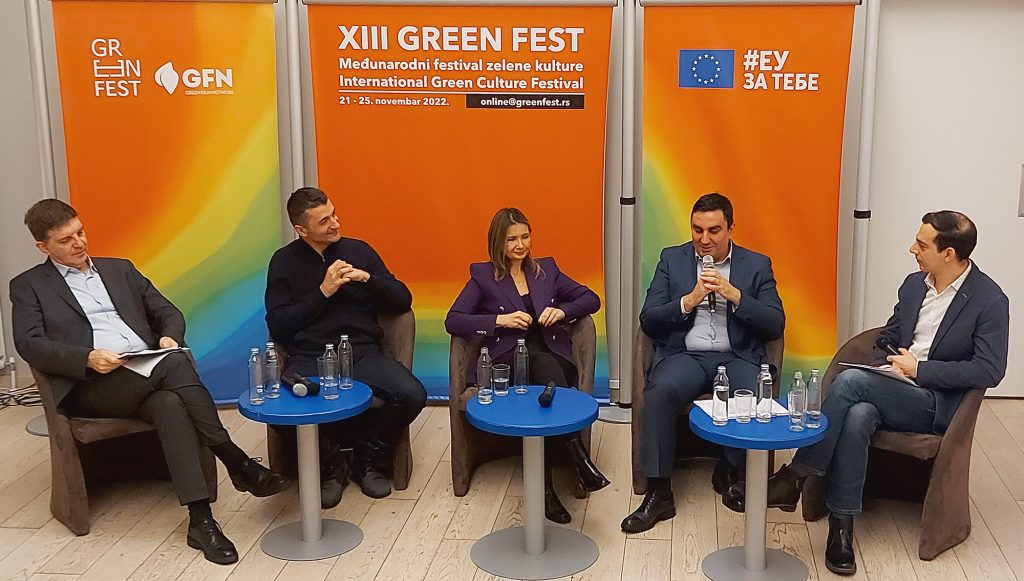
Source: Danas.rs
The energy crisis will last for several more years, agree the participants of the conference “Energy Crisis and Transition: Where are we actually going?” and note that the future is investment in the institute of prosumers, i.e. buyers-consumers, the organizers of the panel announced today.
According to Gligo Vuković from the Delegation of the European Union (EU) in Serbia, we are all in an energy crisis, but it is important to understand that the crisis will last at least until 2030 and will require investments in new infrastructure facilities and technology.
The future is in prosumers, he claims and notes that it is necessary for the state to help and co-finance the purchase and installation of technology for the use of renewable energy sources such as wind generators or solar panels.
At the level of the European Union, he points out, the share of gross consumption of renewable energy sources is 22.1 percent – of which wind accounts for 36 percent, hydro sources for 33 percent, and solid energy for eight percent.
In Serbia, that percentage is slightly more than 26 percent, in Sweden more than 60 percent, in Austria 36 percent, and in Croatia 31 percent.
Consultant on the development of OIE project Slobodan Perović explained that the energy crisis in Europe is not uniform everywhere and that a large number of wastewater treatment plants are planned in locations where there are heating plants or near them, so there is a way to use biomass for the production of thermal energy.
He is pleased, as he says, by the growing interest in the buyer-producer institute, because it will “bring awareness about the real price of electricity in an enlightening way.”
Perović agrees with Vuković that it is necessary for the state to harmonize electricity prices with the prices of other energy sources, but notes that “it is important that the green transition be a just transition” in which no one must be forgotten.
When it comes to the most vulnerable part of the population, Aleksandar Macura from RES Foundation claims that the biggest price increase occurred in the energy source that makes up the largest part of the balance of consumption in households, that is, firewood. The most affected are the poorest, who use firewood, says Macura and adds that in October there were official data that it is cheapest to heat with natural gas, which he assessed as worrisome.
As he explained, the first task of households is to cut biomass consumption in half, and he sees heat pumps as an investment that some households may be ready for.
It is noticeable that the demand for energy-efficient devices is growing, and he believes that the state should support this.
Speaking about the situation with the private sector, Danijela Isailović from the Association of Renewable Energy Sources (OIE) Serbia says that during the previous period there were often problems in communication within the public energy sector, and that “there were fights in the public as well”, while the private sector was in the role of mediator, but that things have improved a little now.
She points out that there is information that Serbia has 16.2 gigawatts of requests for the network, which are not real projects, nor is there any possibility of their implementation.
“One of the leading bankers said that if all the credit placements from all the banks were taken, it would be about a third, while another said that there is money, but the question is who is looking for it, so the question is who are the investors,” Isailović said.
The panel discussion was held as part of the 13th International Festival of Green Culture Green Fest in cooperation with the European Climate Foundation and with the financial and technical support of the European Union. The festival takes place until November 25th entirely online, and will include the screening of 51 long and short films, as well as two panel discussions.
